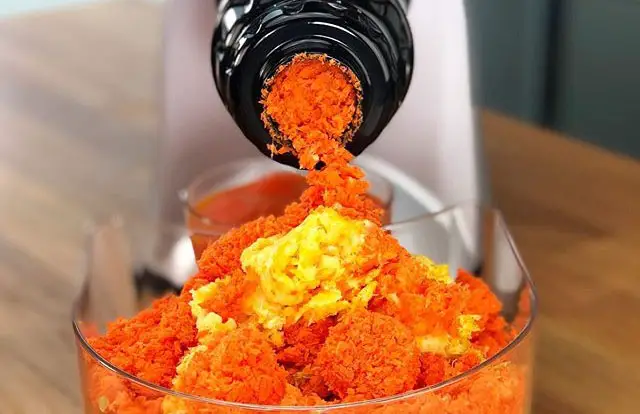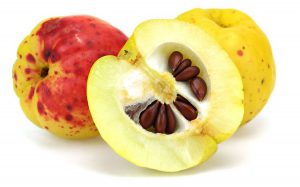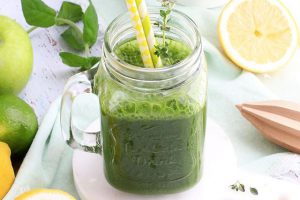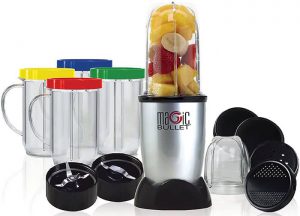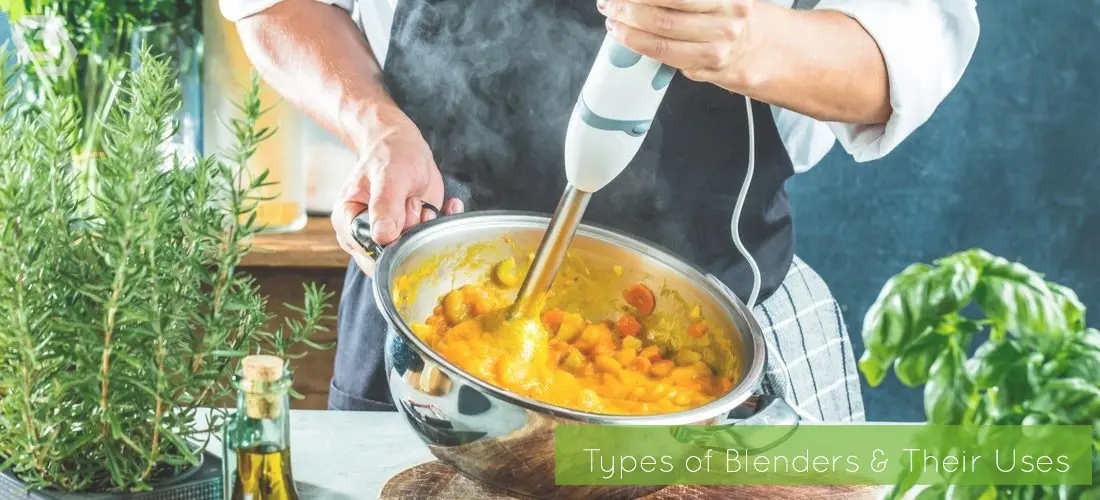Ah, juice pulp. Never has something so small and seemingly innocuous caused so much consternation and debate. Some people love pulp in their beverages, while others loathe it – refusing to drink any juice or smoothie that contains floating ‘bits’.
If you – or people that you prepare liquid nourishment for – fall into the latter category, this is the article for you. Don’t just toss your pulp into the garbage or recycling. That is throwing valuable nutrition into the trash. Just because you don’t enjoy drinking pulp, there are other options open to you.
Any juicer worth owning will have a separate filter for collecting pulp. Affix this and learn to embrace its contents. There are more uses for juice pulp than you may realize. Here are just a handful of suggestions.
5 Ways to Use Leftover Juice Pulp
Sprinkle onto Salads
First thing’s first – juice pulp is typically a rich source of fiber. With that in mind, there is nothing to say that it cannot be recycled as a solid foodstuff. Store your pulp and sprinkle it over a salad for a little extra nutrition.
You’ll have to act quickly to get the full benefits from this. Ideally, use the same day. If that’s not an option, keep it in an airtight container, pop it into the refrigerator, and make sure it’s consumed within 24 hours. Any later you’ll lose the nutrition of the pulp and risk making yourself unwell.
If you’re a vegetarian, you could even use juice pulp as an alternative to tuna. Once compressed and seasoned, juice pulp has a similar consistency to tinned fish. Obviously, the taste will differ, but this can be worked around – and if you’re a veggie, that won’t be a concern.
Overall, solid juice pulp makes a great addition to – or centerpiece of – salad dishes. If you’re not feeling too creative, this is the perfect way to use up your unwanted pulp.
Apply to Soups and Smoothies as a Thickener
If you have a blender or smoothie maker in the home, you can switch your veggie pulp from one appliance to the other. Pour the pulp from your juicer into the blender, along with your smoothie ingredients.
If you have a halfway powerful blender, this will not leave you back at square one. You won’t be faced with lumps of pulp in your smoothie. The clue is in the name – this drink should be as smooth as silk.
A blender will crush and pulverize your pulp into liquid form, while also applying additional thickness to your smoothie. The pulp can also be used as a natural sweetener, or for additional vitamins.
The same also applies to soups made in a blender. Soups, even more than smoothies, require water to maintain an appropriate consistency. This can be a balancing act.
Too little water and your soup turn to sludge; too much and you end up with an unappealing, watery slop. Adding pulp ensures that a soup is just thick enough. The additional flavor it provides is also no bad thing.
Dehydrate Your Juice Pulp
If you have a dehydrator, or even a slow cooker, dehydrating your pulp can lead to a plethora of options. As discussed before, act quickly. Don’t let your pulp spoil in the heat before dehydrating. If you’re quick off the draw, however, you can make the following…
- Pulp crackers, for dipping in hummus and similar dishes. Alternatively, use pulp to make your own dip – just mix it with sour cream or yogurt.
- Pulp fruit leathers, a delicious sweet treat that will take you back to childhood.

- Pulp-based dog treats – perfect for a pet with a sweet tooth. Just ensure the ingredients are safe for dogs to consume.

- Pulp breadcrumbs or croutons, to apply to dishes for a little crunch or texture.
This is just the tip of the iceberg of what dehydrated pulp has to offer. You could equally just nibble on chucks as the day goes on. Dehydrating your pulp provides it with a second lease of life.
Mix with Baked Goods
If you’re a dab hand with a muffin tray, why not use your pulp to add a little flavor to your baking? Mix the fruit-based pulp with white chocolate to make an irresistible sweet muffin, or combine vegetables and leafy greens with cheese for a delectable savory snack.
You could also use your pulp as a substitute for vegetables when baking your own bread. Pumpkin bread, for example, can be made with pulp. Naturally, there’s nothing to say that you can’t apply it to traditional bread either. A little extra flavor never hurt anybody, and you may stumble across a unique recipe!
Finally, consider sprinkling some oats or pastry over your pulp and baking in the oven. Before you know it, you have recycled your pulp into a pie or crumble – arguably the most all-American dessert in the world. This is a great way to get a sweet treat into your diet without undoing all the good work of your juicing diet.
Make a DIY Skincare Range
If you’re really against consuming juice pulp – and I mean really against it – I have a final suggestion before it goes in the trash. Juice pulp can be used to create DIY beauty products, most notably exfoliating face masks.
It’s a pretty simple process. Take around a quarter of a cup of pulp and mix it with another quarter cup of oil. Olive oil is usually best. Add a little honey and stir up the whole thing. Lather it over your face and leave for around 15 minutes.
Yes, you are essentially smearing leftovers on your cheeks. You’d be surprised at how much good this can do, though. Wearing your food is second only to eating it when it comes to gaining nutrition. The antioxidants and vitamins found in your ingredients will sink into your skin, leaving it glowing.
There we have it. Pulp is not simply the garbage excess of the juicing world – it’s potentially a new realm of nutrition and flavor. Hopefully, this article has changed your relationship with pulp for good!

